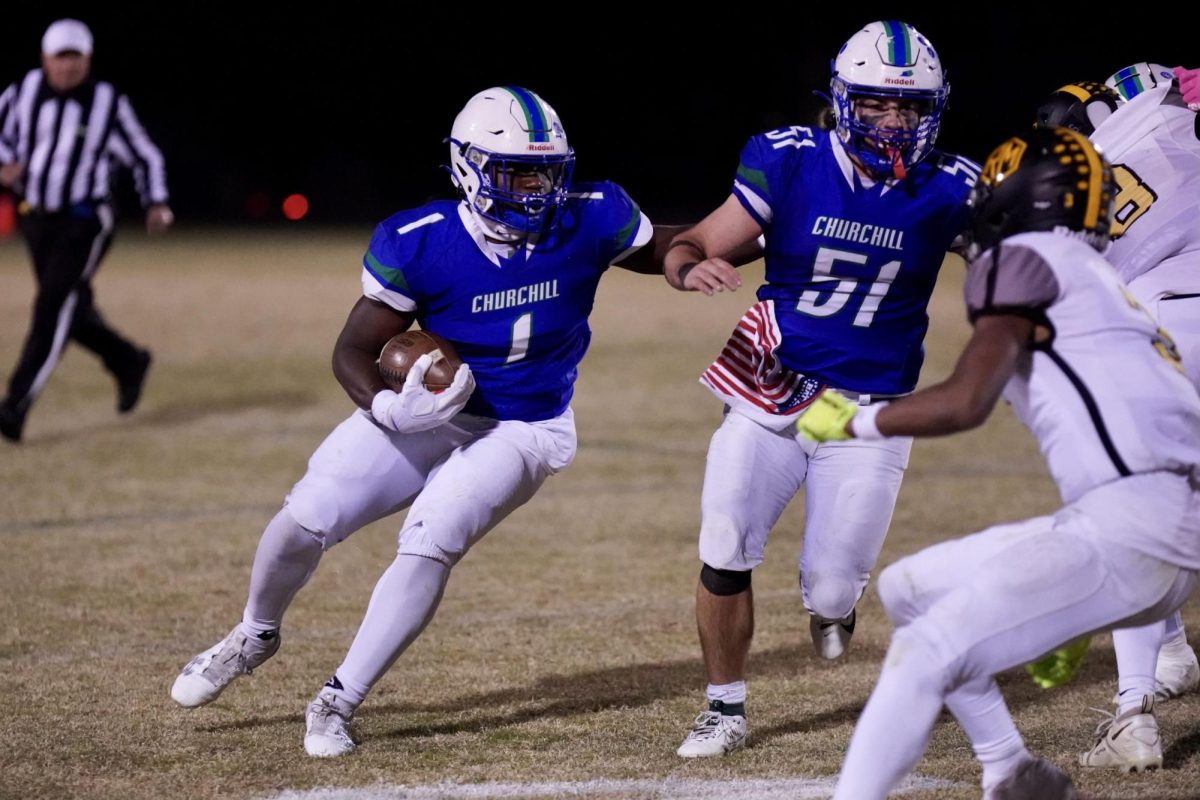The afternoon before every football game, WCHS Principal John Taylor sends out an email with general information about that night’s event. One of the first notes about the game is consistently about the MCPS Fall Athletics Safety Plan, a set of guidelines designed to ensure “safe and spirited athletic and school events.”
The Athletics Safety Plan consists of three tiered responses which are activated depending on the potential risk of any given situation. The plan cites anticipated spectator attendance, historical rivalries between schools and facility layout as just a few examples of factors that are taken into consideration. At its most severe stage, Tier 3, spectators of a sporting event may be limited to just the families of the players, and in some cases, spectators may be banned altogether. The lower two levels, Tiers 1 and 2, require spectators to present their StudentVUE or student IDs to prove identity, and Tier 2 restricts spectators to students from the home school alone. All three tiers prevent backpacks, and presumably other bags large enough to carry dangerous items, into stadiums.
“Having an emergency action plan is necessary for a variety of situations,” WCHS Athletic Trainer Kinsey Gunn said. “All coaches and administrators should understand the importance of following the policy.”
Though these protocols can seem extreme, measures as strict as Tier 3 are very rarely activated and almost all football games thus far have operated in Tier 1 or 2. Though even these bare minimum guidelines may seem inconvenient, football coach Joseph Rydzewski does not notice too much of an impact.
“From my position, you cannot really [notice any differences,] everything is pretty normal,” Rydzewski said. “I have not seen much of an impact on me or the players.”
Perhaps more interesting than the policy itself, however, is the question of its necessity. WCHS’ last major athletic brawl was a couple years ago between students from WCHS and James Hubert Blake High School during a basketball game. Due to the age of the event and the lack of major fights since, the importance of the Fall Athletics Safety Plan has been called into question by those who see it as an unnecessarily extreme policy for a rare situation, and one that blocks students from attending sporting events in which their school is a participant.
“Frankly, I think [the Fall Athletics Safety Plan] exists for someone at MCPS to justify their job,” Rydzewski said.
Generally, however, most people agree that the policies seem like helpful plans that would be better had than not. Even considering their potential inconvenience, the policies at least address valid concerns about student safety. Additionally, the plans seem to be reevaluated every year and republished by MCPS with any changes that policymakers determine to be needed, ensuring that the policy never becomes particularly outdated or unhelpful.
“[The plans are] necessary so that everyone involved [in athletics] knows what their role is during a situation,” Gunn said. “These plans are in place to make sure we are ensuring the safety of all athletic stakeholders in the most efficient way possible.”









